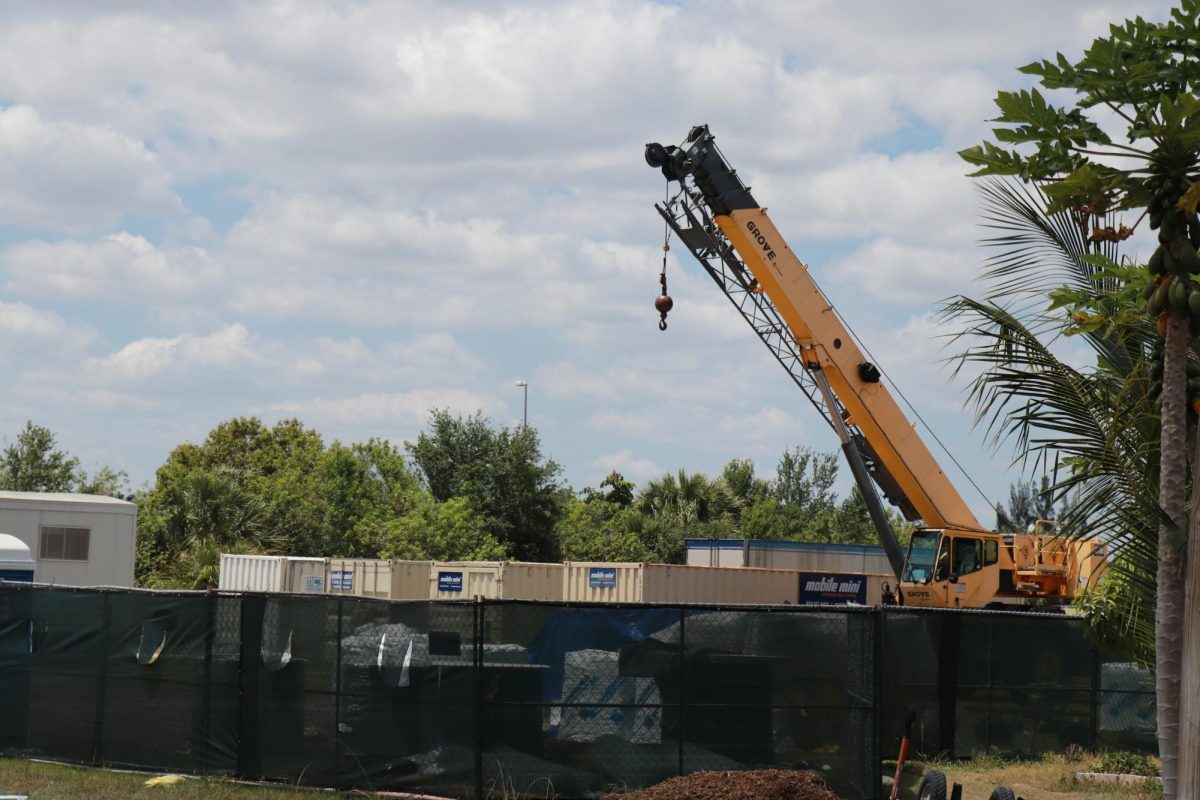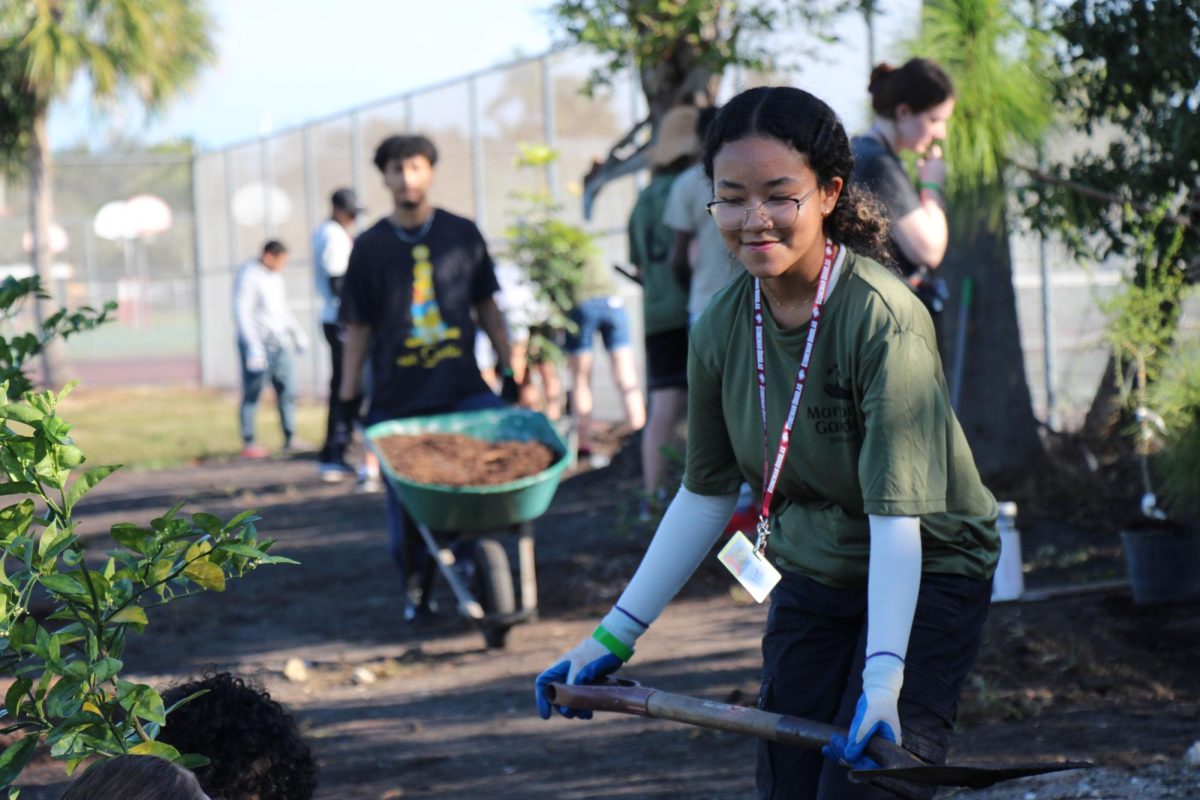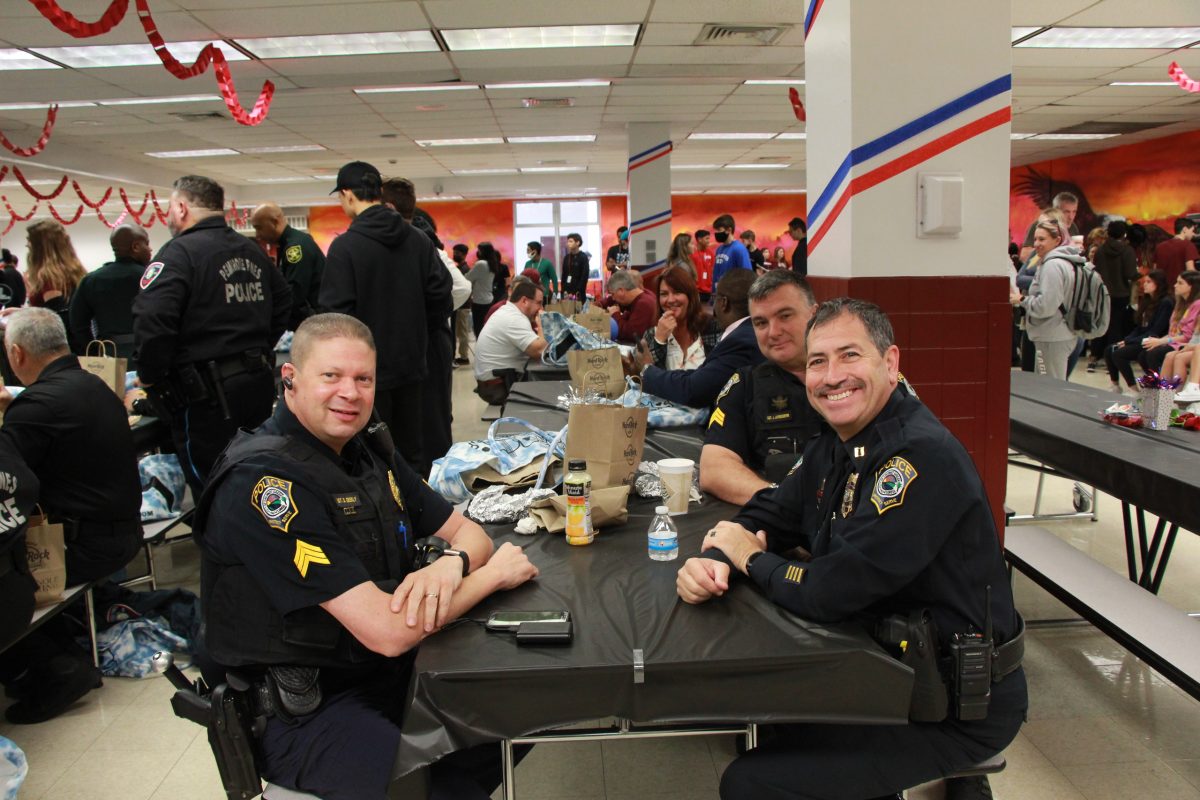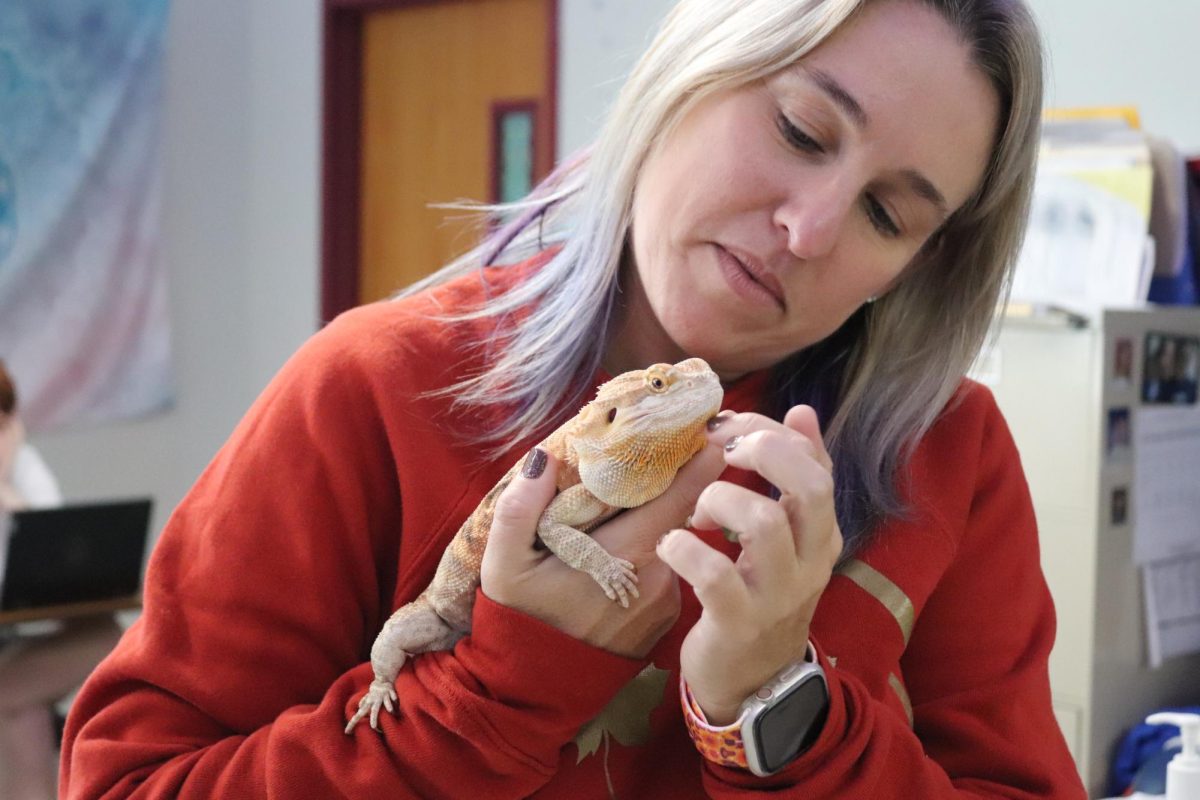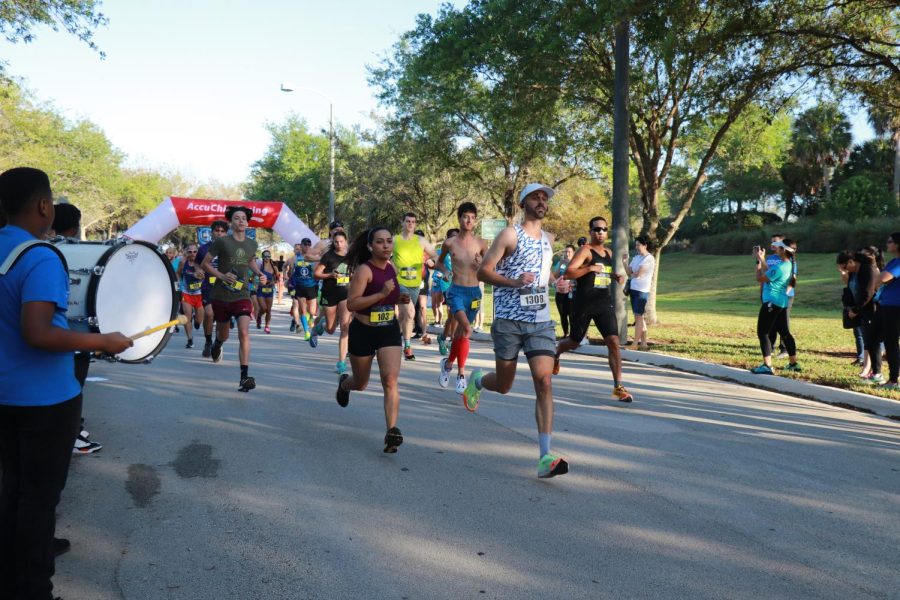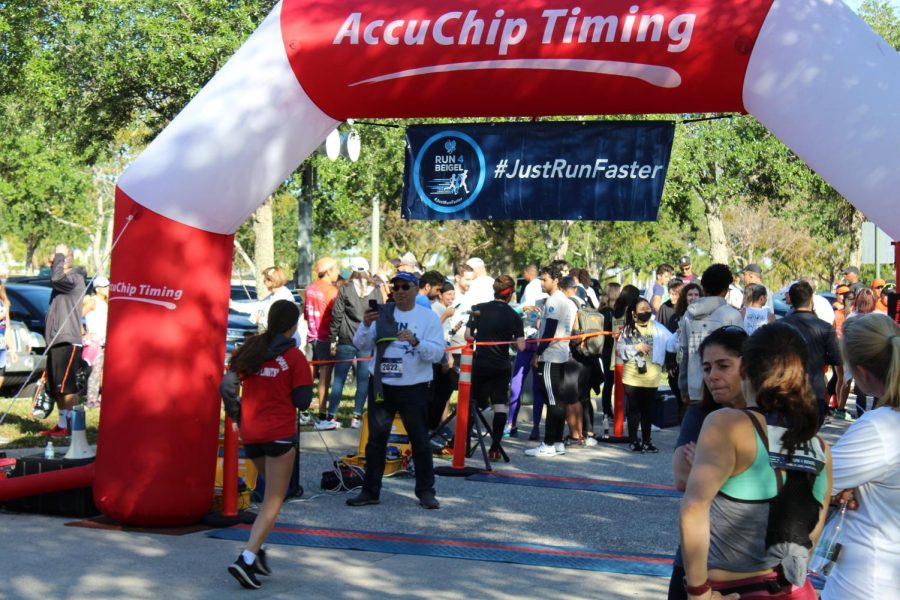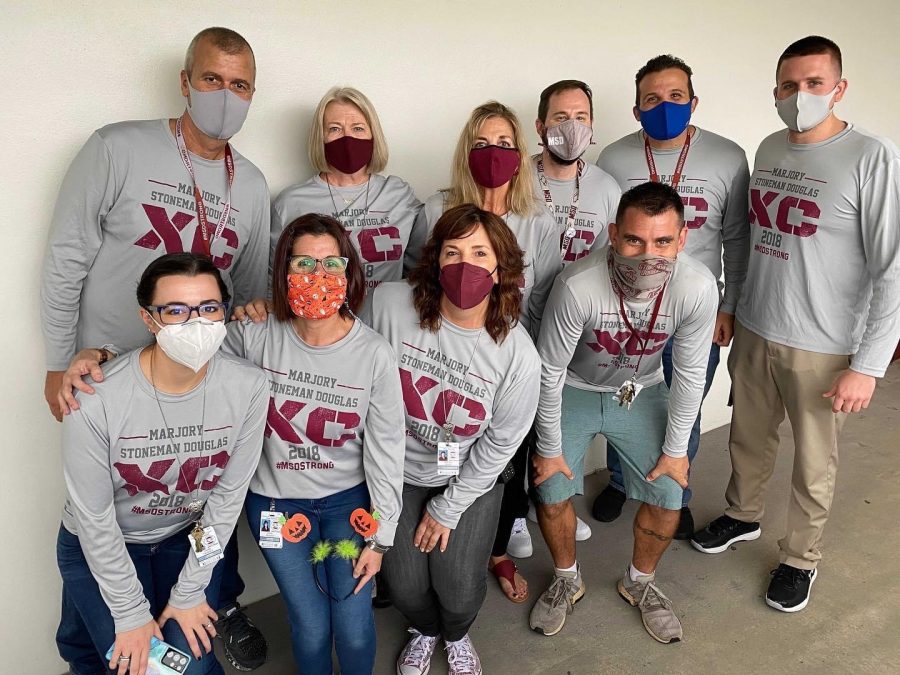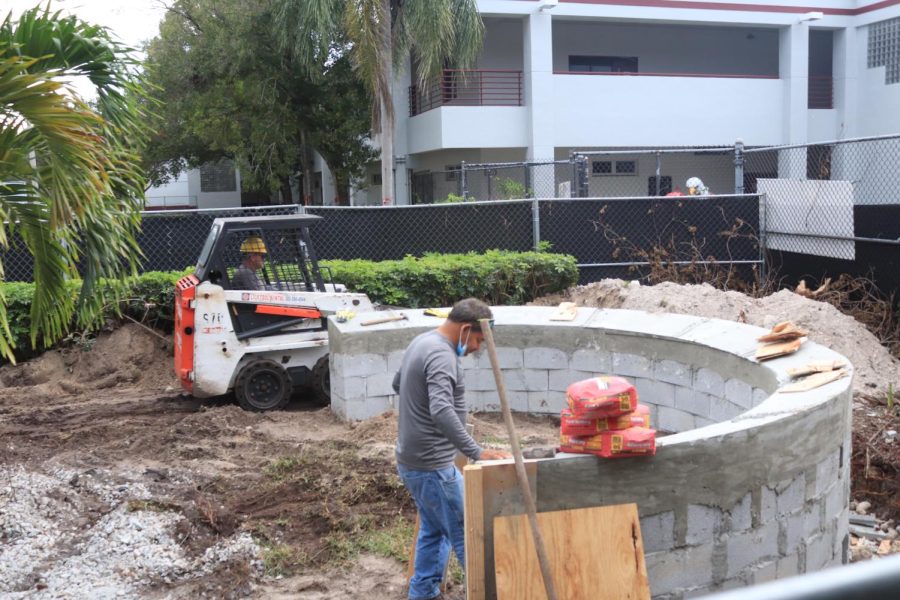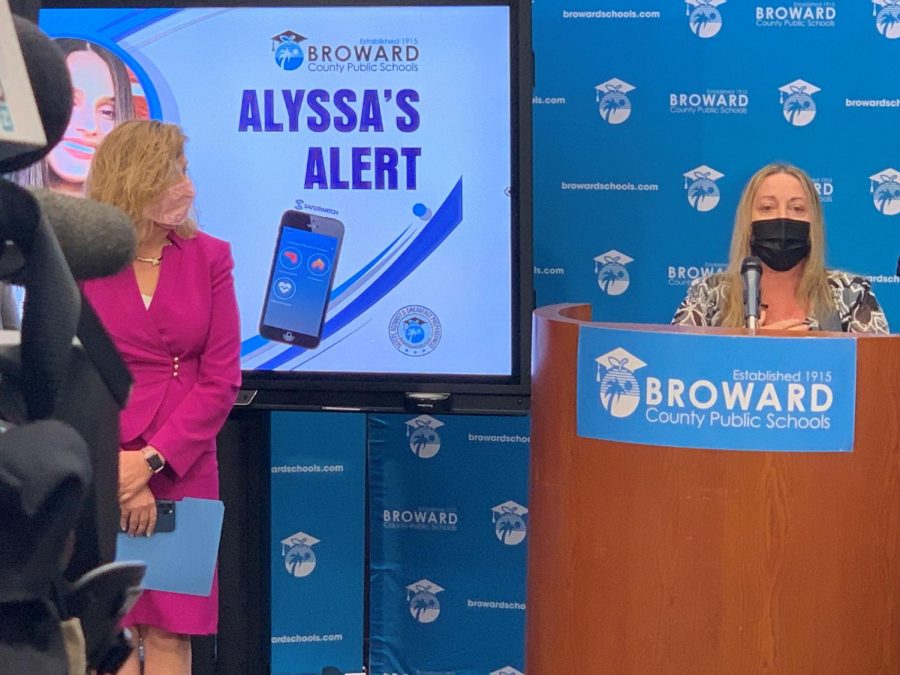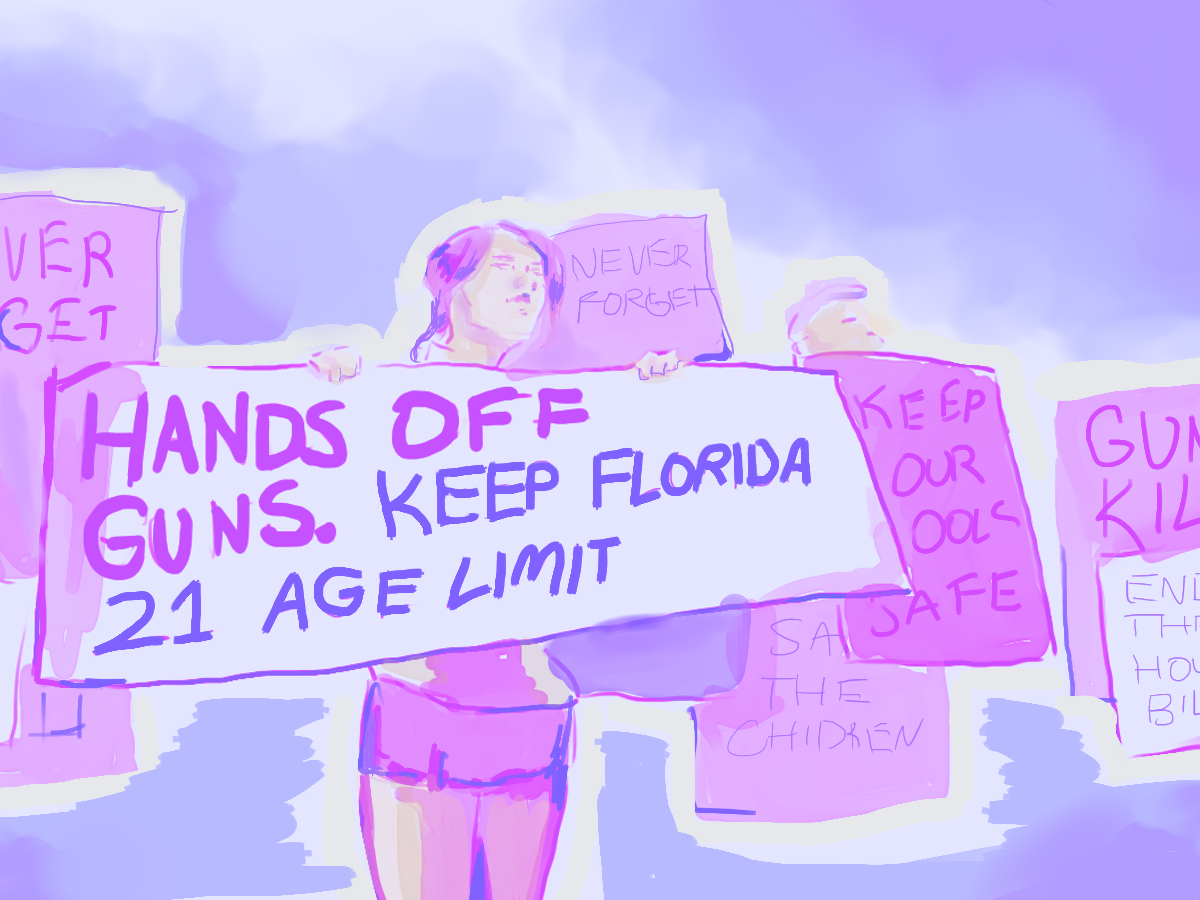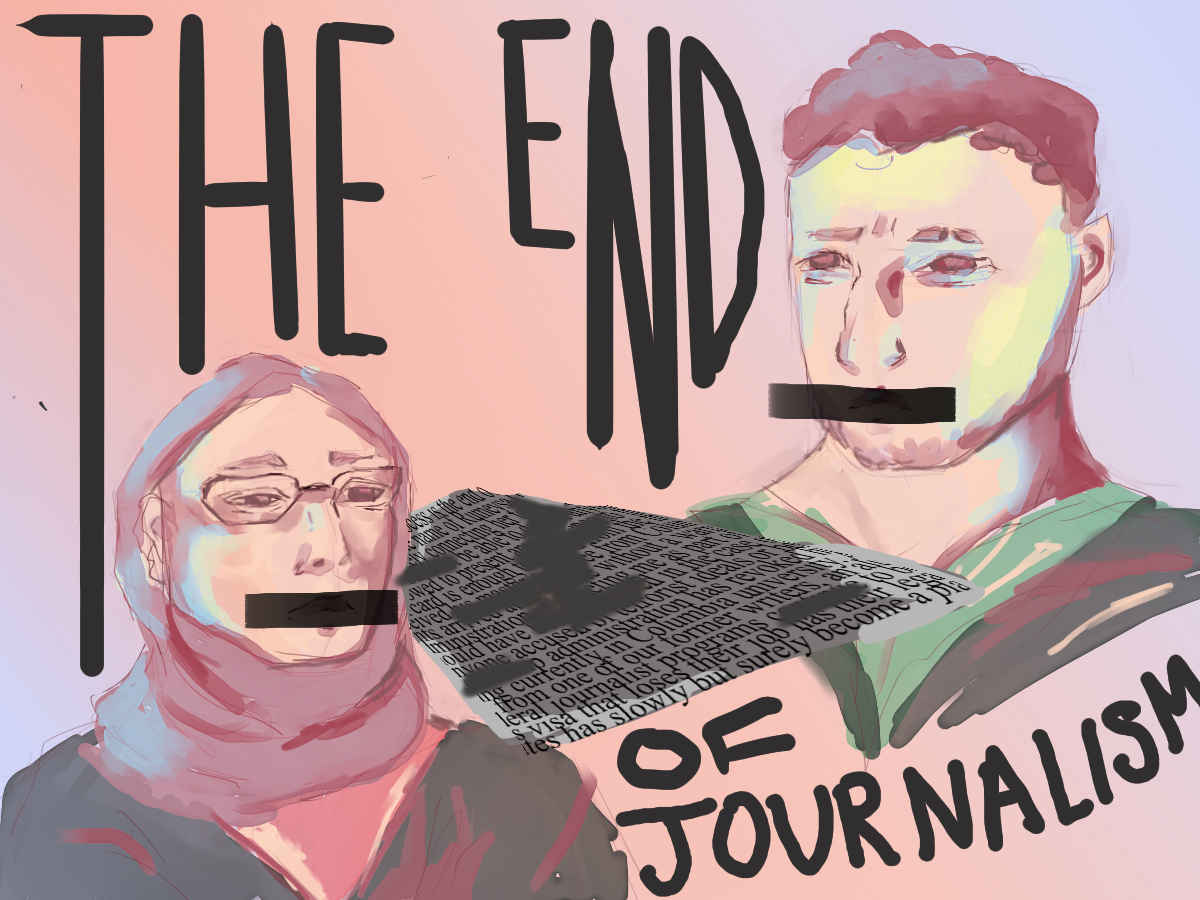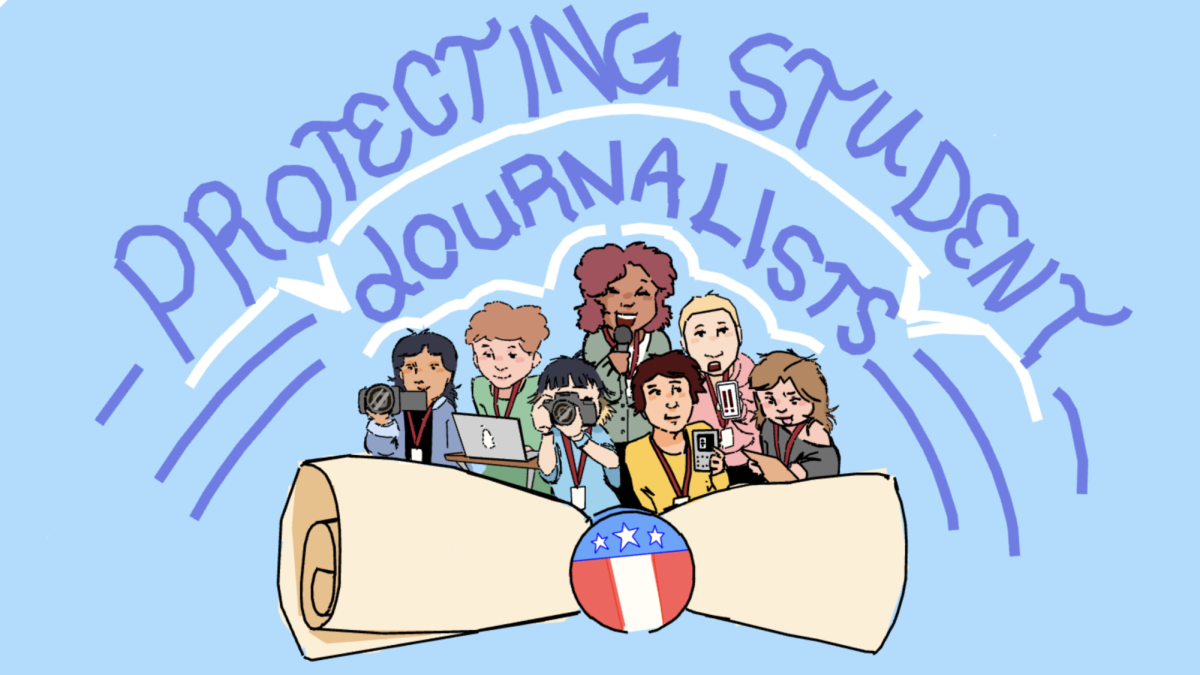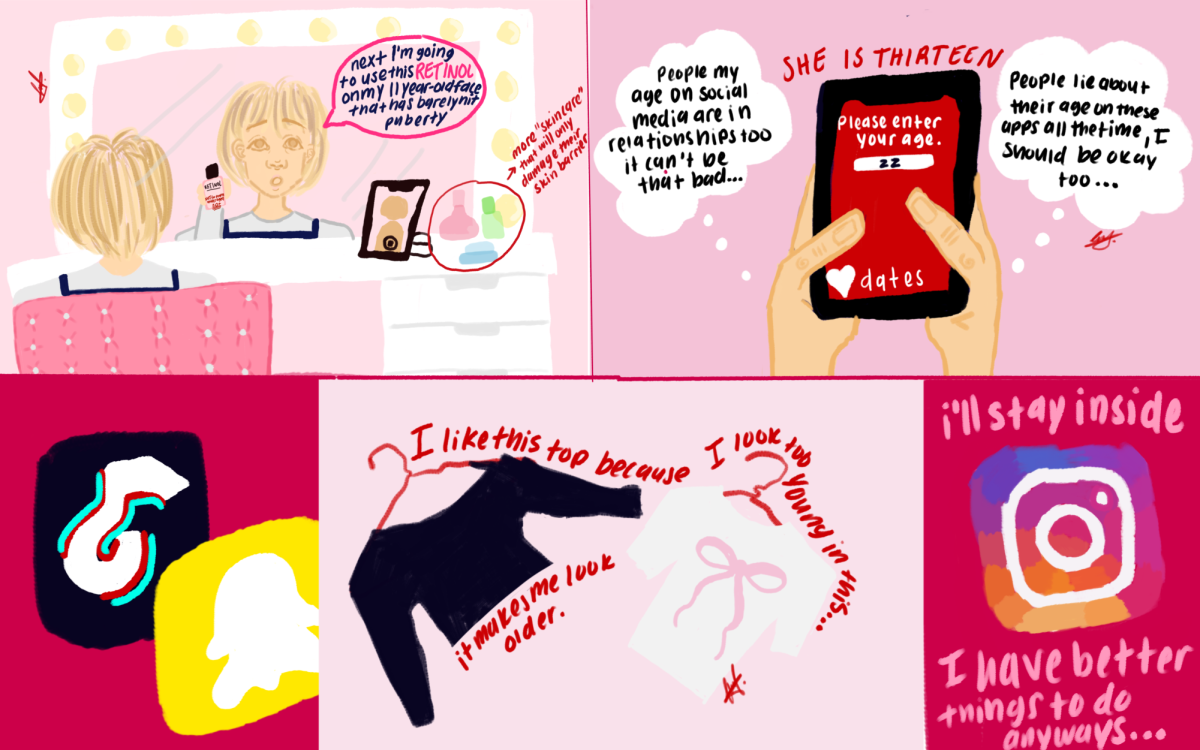
While it is easy for someone to look at Marjory Stoneman Douglas High School and pinpoint the problems that they think need solving, the students and staff at the school have a different perspective on what issues really matter.
Community members and organizations, such as Make Our Schools Safe, work towards increasing school safety and security, but do not take into account student feelings or opinions. Putting up a new fence or spray painting signs on a wall is only a facade that puts a band-aid on the issue and does not create a comprehensive solution that actually makes students safer.
The new rules that were implemented at MSD after Feb. 14, 2018, were put into place in order to please parents in the community, but were extremely impractical in the real environment. Due to members of the community not liking the appearance of an open gate even though the actual door to the school is locked, MSD decided to set a time to lock the gate every day, 4 p.m. Doing this makes it difficult for teachers to stay after to help students or advise clubs and almost impossible to leave without having to get an administrator or security personnel to open it.
Similarly, the hard corners that were spray-painted in every classroom to designate a spot for students to hide in during code red drills are sometimes obstructed by immovable objects that make it difficult for an entire class to fit in. The design of certain classrooms also places these corners next to windows or doors, which is just as unsafe as standing in the middle of the room. In all portable classrooms, there are not even designated safe zones. While this rule had good intentions, its practicality is minimal.
Make Our Schools Safe claims that their goal is to “improve the safety of schools through research and testing the best practices,” but the policies that they are implementing seem rash and uninformed. There are no reports or research published by the organization proving that their solutions are beneficial and all of the actual useful security measures that resulted from the shooting were implemented by MSD and Broward County Public Schools.
According to the National Center for Educational Statistics, 89.6% of high schools believe that controlled access to buildings during school hours increases school safety. Before Feb. 14, 2018, it was easier to walk onto the campus at any point throughout the school day than it is currently. Now, MSD has prioritized new policies, such as controlled access to the campus in order to regulate who comes and goes throughout the day. However, these decisions were implemented by the school and district themselves, not by Make Our Schools Safe or any other outside organization.
After a school shooting, students lose their sense of safety and gain a fear of going to school, no matter how many fences or additional security personnel are added.
Additionally, the policies implemented by such organizations help for when a shooting occurs, rather than preventing the shooting from happening in the first place. Stop the Bleed kits and hard corners can create a sense of discomfort for students, especially those who were present in a school shooting.
Another problem arises in the notion that school safety measures are enforced after a school is affected. If school safety measures didn’t work after Columbine or Sandy Hook, why would they work now?
Policies that plan for the long term, rather than the short term, are most effective. Gun reform and destigmatizing mental health are two key methods of solving the gun violence epidemic in schools. While school safety measures should always be a priority, it is only part of the solution.
Implementing universal background checks, enacting mental health screenings, banning assault weapons, participating in gun buyback programs, ending the gun show loophole and adopting red flag laws are all vital aspects of ending school shootings.
Furthermore, mental health resources are a necessity in preventing school shootings. Creating a space where students can freely express their emotions can help certain students learn that they do not need to turn to violence to solve their issues.
When it comes to deciding policy, the students at MSD should have more of a voice in deciding what makes them feel the most comfortable and is the most practical in their everyday lives.
While we do not deny that some of the changes that have come out of the shooting have been beneficial, outsiders should not make decisions without consulting those affected by their choices.
This story was originally published in the March 2020 Eagle Eye print edition.

